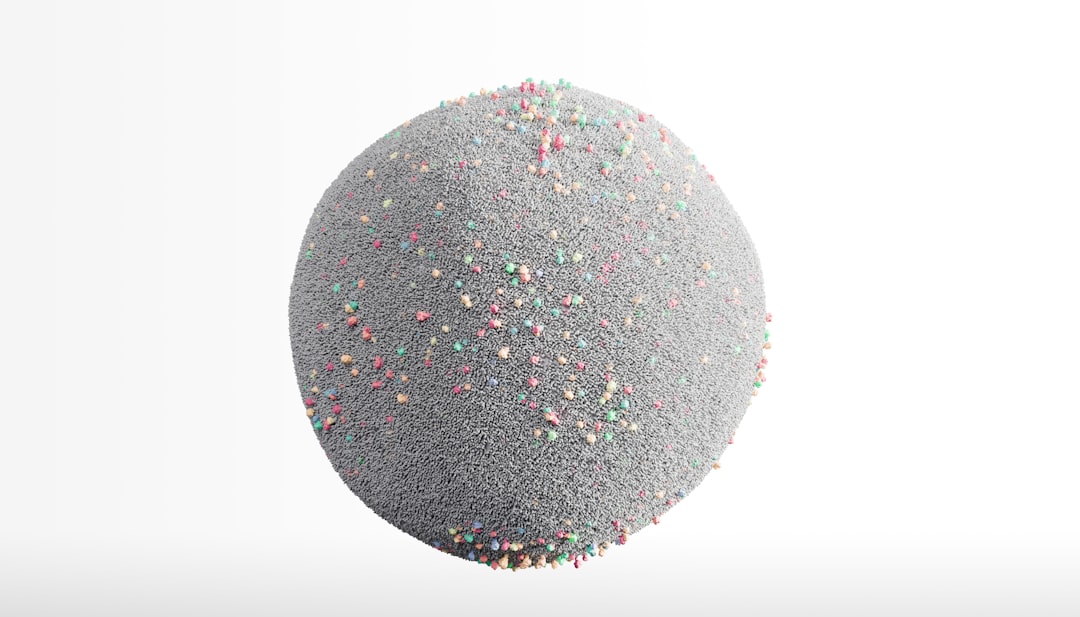What is it about?
X-ray powder diffraction is widely used in material science. X-ray single-crystal diffraction is much more powerful than powder diffraction in characterising and structure solving. However many important materials are polycrystalline and are not suitable for single-crystal diffraction. We proposed a new method, which enables collection of 3-dimensional single-crystal diffraction data using powder (polycrystalline) samples.
Featured Image
Why is it important?
The possibility of collecting a set of 3-dimensional single-crystal diffraction data using powder samples means that we can make use of all kinds of powerful methods of single-crystal diffraction analysis for polycrystalline sample without the necessity of growing sufficiently big and good single crystals.
Perspectives
Despite that the method has passed only the test of simulated calculations, it is potentially opening new possibilities in polycrystalline material analysis: (i) phase identification of unknown multi-phase polycrystalline samples; (ii) solving unknown crystal structure with more than 1,000 independent atoms; (iii) simultaneous phase identification and structure solution in unknown multiphase polycrystalline samples.
Professor Haifu Fan
Institute of Physics, CAS, China
Read the Original
This page is a summary of: SFX analysis of non-biological polycrystalline samples, IUCrJ, March 2015, International Union of Crystallography,
DOI: 10.1107/s2052252515002146.
You can read the full text:
Contributors
The following have contributed to this page










